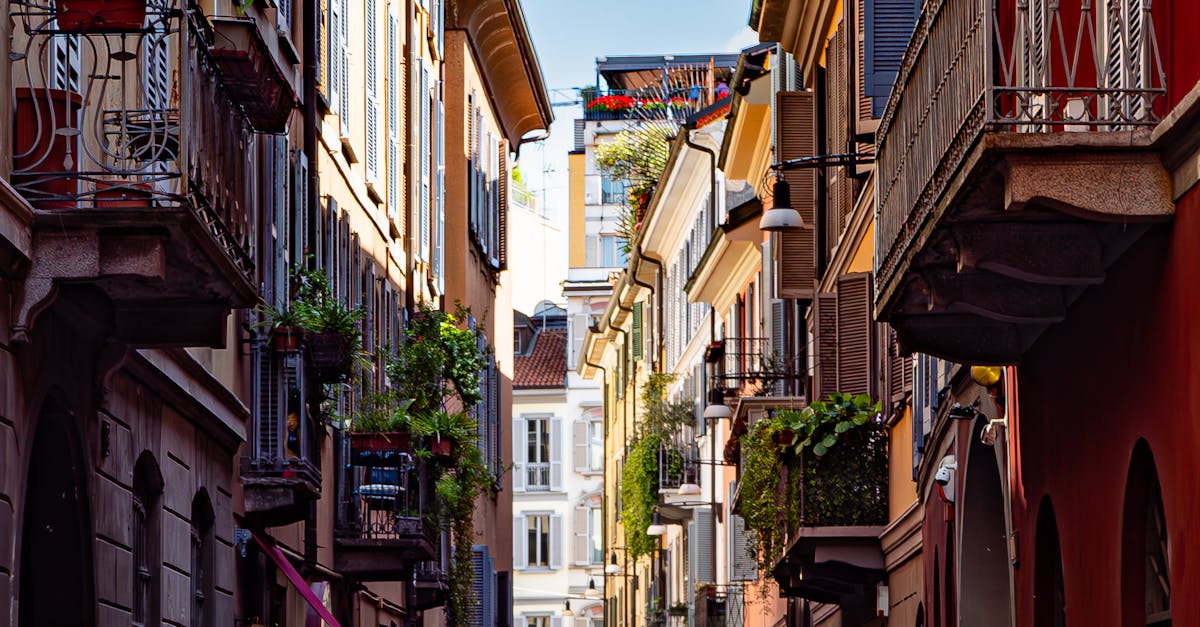
Sealing and Protecting Sandstone Cobblestone Pavers
Table Of Contents
Common Mistakes to Avoid When Sealing Sandstone Cobblestone Pavers
When sealing sandstone cobblestone pavers, it is crucial to avoid common mistakes that could lead to unsatisfactory results. One mistake to steer clear of is overapplication of the sealer. Applying too much sealer can cause a range of issues, such as an uneven finish, tackiness, or a cloudy appearance on the pavers. It is important to follow the manufacturer's instructions regarding the amount of sealer to use and to apply it evenly to achieve the desired protection without compromising the pavers' look.
Another mistake to be mindful of is applying sealer without properly preparing the surface of the sandstone cobblestone pavers. Failing to clean and dry the pavers thoroughly before applying the sealer can trap dirt, stains, or moisture underneath the sealant, leading to a subpar finish and potentially damaging the pavers over time. Prior to sealing, ensure that the pavers are clean, free of any contaminants, and completely dry to allow the sealer to bond effectively and provide optimum protection.
Overapplication of Sealer
rs and being proactive about reapplying sealer when needed will help ensure that your sandstone cobblestone pavers remain in top condition for years to come.
Signs That Indicate the Need for Reapplication
Sandstone cobblestone pavers, while durable and aesthetically pleasing, require regular maintenance to keep them in top condition. Signs that indicate the need for reapplication of sealer on your sandstone cobblestone pavers include a faded appearance, where the once vibrant colours of the pavers have dulled over time. This is often caused by exposure to harsh weather elements such as UV rays, rain, and foot traffic, which can break down the protective sealant layer.
Another clear sign that it's time to reapply sealer on your sandstone cobblestone pavers is the loss of water beading. When water no longer forms droplets on the surface of the pavers and instead gets absorbed quickly, it means that the sealant has worn off and is no longer providing adequate protection. Restoring the sealer not only enhances the appearance of the pavers but also helps maintain their durability against stains, mould, and other forms of damage. Regularly assessing the condition of your sandstone cobblestone pavers and reapplying sealer as needed will help preserve their quality and longevity in the long run.
FAQS
How often should I seal my sandstone cobblestone pavers?
It is recommended to seal sandstone cobblestone pavers every 2-3 years to maintain their durability and appearance.
Can overapplication of sealer cause damage to sandstone cobblestone pavers?
Yes, overapplication of sealer can lead to a build-up of residue, discoloration, and even a slippery surface on sandstone cobblestone pavers.
What factors should I consider when choosing the right finish for my pavers?
When selecting a finish for your sandstone cobblestone pavers, consider factors such as the desired level of gloss, slip resistance, and the natural color of the stones.
How can I enhance the aesthetic appeal of sealed sandstone cobblestone pavers?
To enhance the aesthetic appeal of sealed sandstone cobblestone pavers, consider using a sealer with an enhancing formula that brings out the natural colors and textures of the stones.
What are the signs that indicate my sandstone cobblestone pavers need reapplication of sealer?
Signs that indicate the need for reapplication of sealer on sandstone cobblestone pavers include fading color, reduced water beading, and increased susceptibility to staining.
Related Links
Common Mistakes to Avoid When Installing Sandstone Cobblestone PaversJointing and Grouting Techniques for Sandstone Cobblestone Pavers
Understanding the Importance of Edge Restraints for Sandstone Cobblestone Pavers
Creating Patterns and Designs with Sandstone Cobblestone Pavers
Step-by-Step Guide to Installing Sandstone Cobblestone Pavers
Tools and Materials Required for Installing Sandstone Cobblestone Pavers2024-08-06
Preparing the Base for Sandstone Cobblestone Pavers